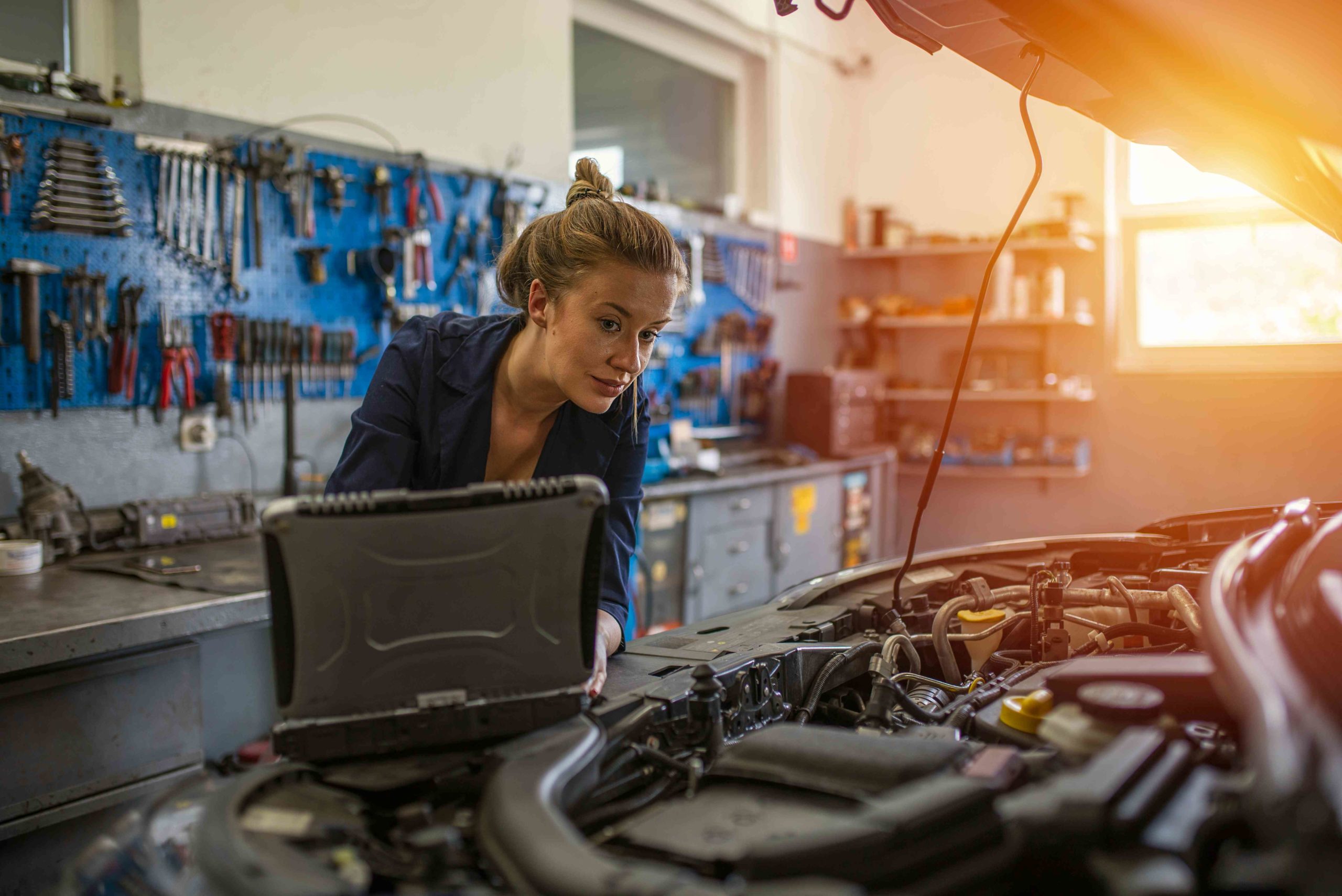Your car has safety systems, known universally as ADAS- Advanced Driver Assistance Systems. These cover everything from ABS brakes to Electronic Stability Control and up to more complex systems like lane departure warning systems and auto-braking.
All of these systems rely on very sophisticated computers. They get their information from very advanced cameras and sensors, which must be in the exact right location and calibrated to properly collect and compute the data, which is always changing as the car is driving.
So what happens to these systems after an accident then?
Well, they get all out of whack, and often in the repair, parts have to be disconnected and reconnected or even replaced. Now you have a situation where a perfect system has been rendered imperfect, and must then get recalibrated.
But sometimes these recalibrations don’t work because of an underlying problem. GM is very specific about the underlying causes of these recalibration issues, and the vehicle owner actually inflicts some of them. Here is GM breaks out three areas of caution regarding the recalibration of their ADAS systems but the same could be said for just about any vehicle on the road:
ADAS problems caused by the body shop.
According to the new General Motors ADAS guide, the windshield camera’s failure to calibrate could be attributed to a camera not correctly installed or is not fully secured in the windshield bracket, or from the windshield itself not properly centered in the windshield opening.
All these sensors are attached to some type of bracket. It is very tempting for a shop trying to repair the car cheaply and quickly to “bend back” the bracket when replacement is the only correct option.

If the vehicle received an incorrect collision repair, or still has collision damage or includes a bent or damaged Long Range Radar Sensor Module bracket or mounting surface, the long-range radar sensor module might fail to calibrate or calibrate more slowly than it should
GM says that the left- and right-side object sensor modules frequently will calibrate themselves, and no specific calibration is required as a part of service. The car owner will want to know that parts of the warning systems might not get back to full working order. However, according to GM, a repair shop’s missteps or omissions can slow the calibration process and result in limited system functionality” for that technology. According to GM, these issues could arise from damage to the rear fascia, underlying vehicle body structure, or sensor bracket or Incorrect collision repair.
The Customer
Sometimes, the customer’s poor treatment of the vehicle might be to blame for ADAS calibration failures. But some customers love to modify their vehicles, unaware that things like lift kits and other modifications alter the positions of the safety sensors and corrupt the data.
Vehicle add-on equipment such as a windshield tint strip or vinyl banner, or equipment that blocks the view of the road, such as bug deflectors or grill guards, can alter ADAS performance.
On the rear, items such as bumper stickers can hinder land departure and blind-spot monitoring systems, but the customer would never know that the sensors are mounted behind the bumper cover. It’s up to the repairer to educate their customer when they see that according to GM.

Customer negligence, such as driving around with a dirty windshield or even a cracked or damaged windshield, can affect the windshield camera calibration, according to GM. Mud or slow build-up in the sensor area” can compromise the left and right object sensor modules’ ability to self-calibrate.
After repairs, a road test that also serves as the recalibration itself might be to blame.
The road test
To properly calibrate a GM windshield front-view camera, an ideal calibration environment is a two-lane divide highway with lane markings on both sides of the lane and driving speed between 35-65 MPH.
An ideal calibration environment has stationary objects on the roadside, such as mailboxes and street signs, minimal curves and hills, multiple vehicles to follow at a distance of100-165 ft.
According to GM, heavy or stop-and-go traffic can affect either component’s calibration, but so can “No traffic” in the long-range module.
Therefore, the driving conditions and even the time of day are important for your shop to be aware of when performing your recalibrations if they don’t have a third party recalibration specialist or use the dealer.
